16 Creatures Who Sleep Most Of Their Life
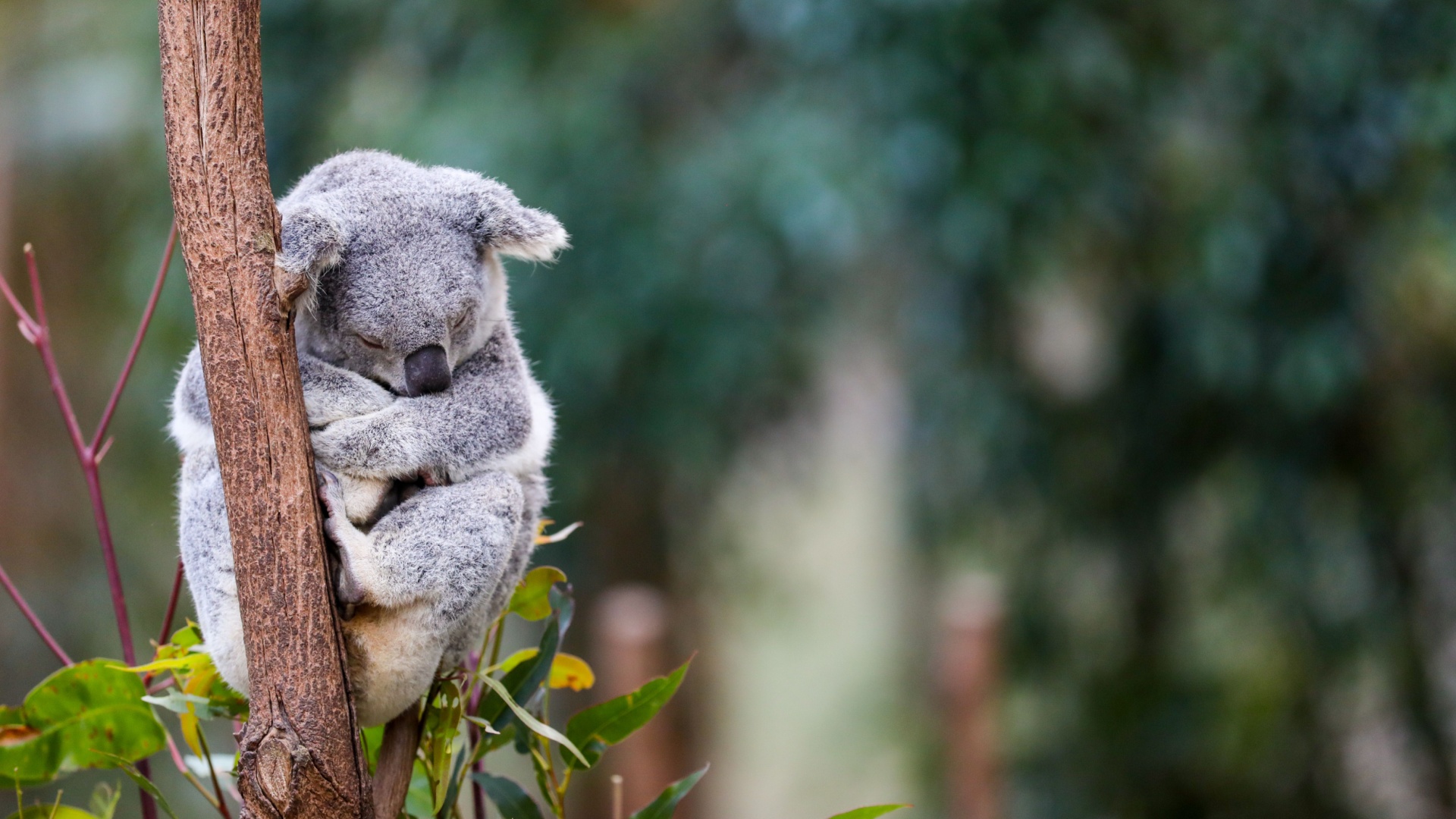
Some creatures in the animal kingdom seem to have mastered the art of napping, devoting a significant portion of their lives to the realm of dreams.
From sloths hanging high in the treetops to bats nestled snugly in caves, these somnolent beings capture our imagination and stir our curiosity.
Why do they sleep so much, and how have they adapted to make the most of their snooze time? Join us on an exploration of these fascinating creatures that redefine the meaning of a good night’s sleep.
1. Koala
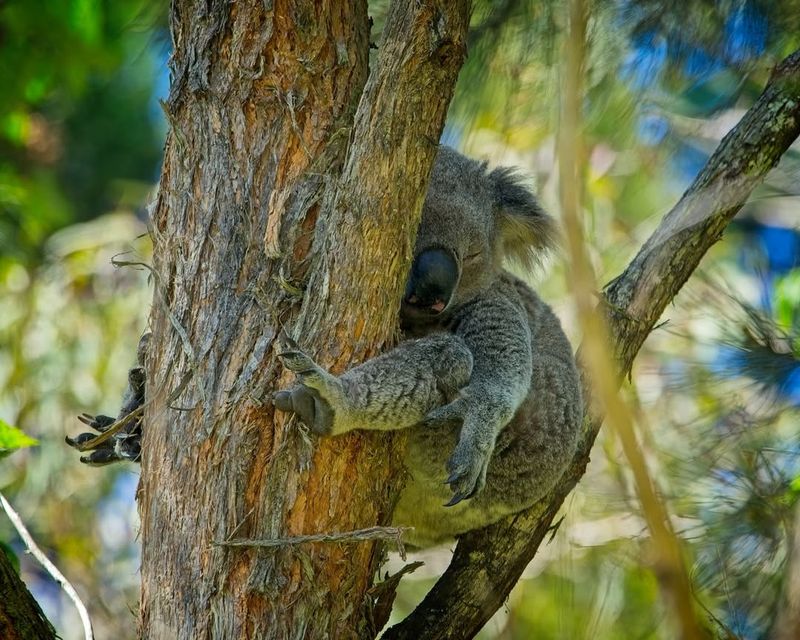
Koalas, the cuddly ambassadors of Australia, spend up to 20 hours a day in a state of blissful slumber. Nestled comfortably in eucalyptus trees, they doze off to conserve energy, as their diet of eucalyptus leaves provides low nutritional value.
With their fuzzy ears and button noses, koalas seem to have perfected the art of relaxation. Their leisurely lifestyle has made them iconic symbols of tranquility.
Despite their sleepy demeanor, koalas are agile climbers, navigating trees with remarkable ease.
2. Brown Bat
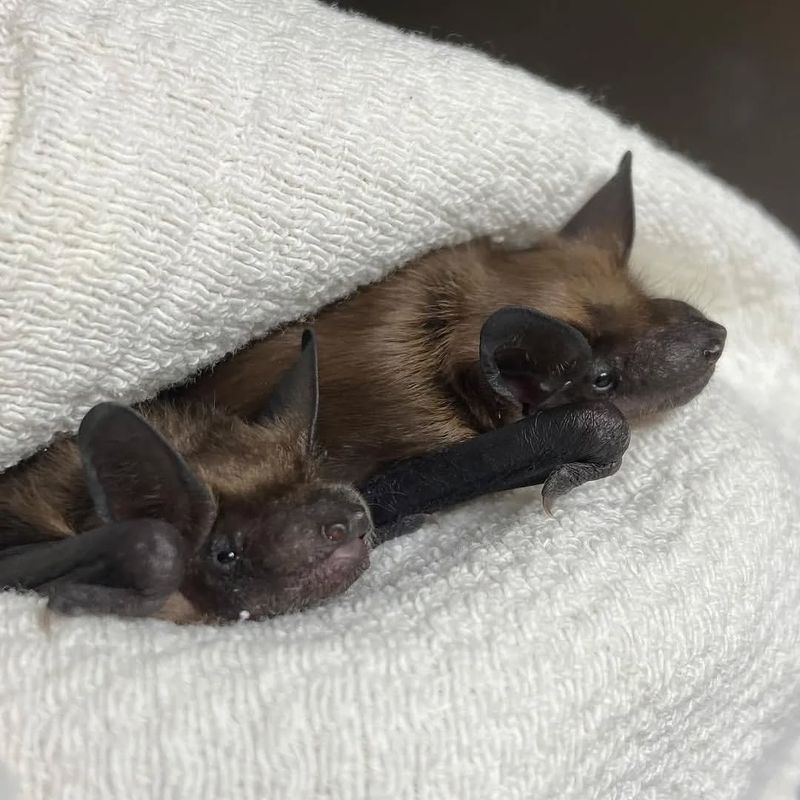
Spending nearly 20 hours a day in restful slumber, these aerial acrobats replenish their energy reserves for nocturnal flights. Their penchant for sleep aids in survival, allowing them to conserve energy in cooler climates.
Clinging upside down, bats have evolved specialized tendons to keep them securely fastened while they snooze.
Their unique sleep habits are integral to their ecological role, as they emerge at dusk to feast on insects and maintain balance in their ecosystems.
3. Opossum
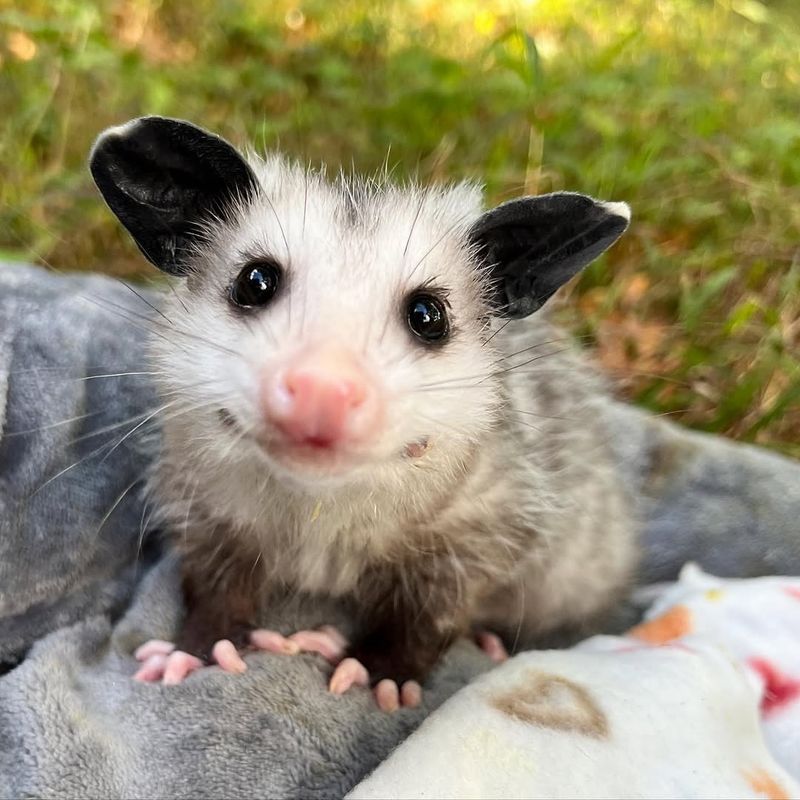
Opossums, often misunderstood night wanderers, are champions of rest, clocking in around 18 hours of sleep each day. With a lifestyle that involves scavenging under the cover of darkness, they rely on ample rest to sustain their nocturnal escapades.
These marsupials have a knack for finding cozy spots, whether it’s a hollow log or a leafy nook. Their sleepy routines are essential for thriving in their habitats.
Though they might appear lethargic, opossums are resourceful survivors, using their downtime to prepare for their nightly forays.
4. Sloth
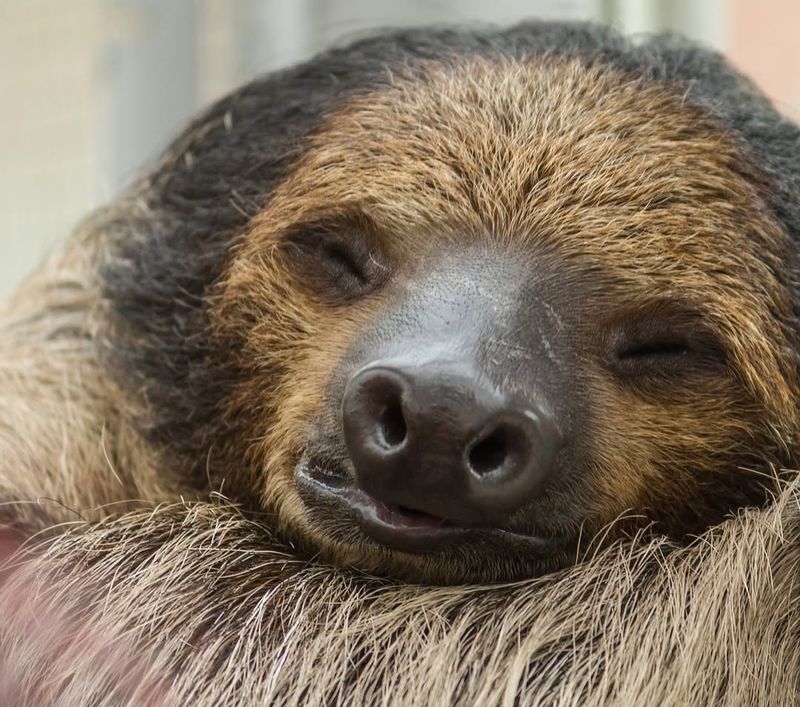
Spending up to 20 hours asleep, these arboreal creatures have adapted perfectly to their slow-paced lifestyle. They conserve energy by moving deliberately amongst the canopy.
Their leisurely habits have earned them a reputation as nature’s ultimate loungers. Sloths’ extended naps are crucial for digesting their fibrous diet, as their metabolism is incredibly slow.
Despite their sluggish pace, they are deft swimmers, able to navigate waterways with surprising agility.
5. Python
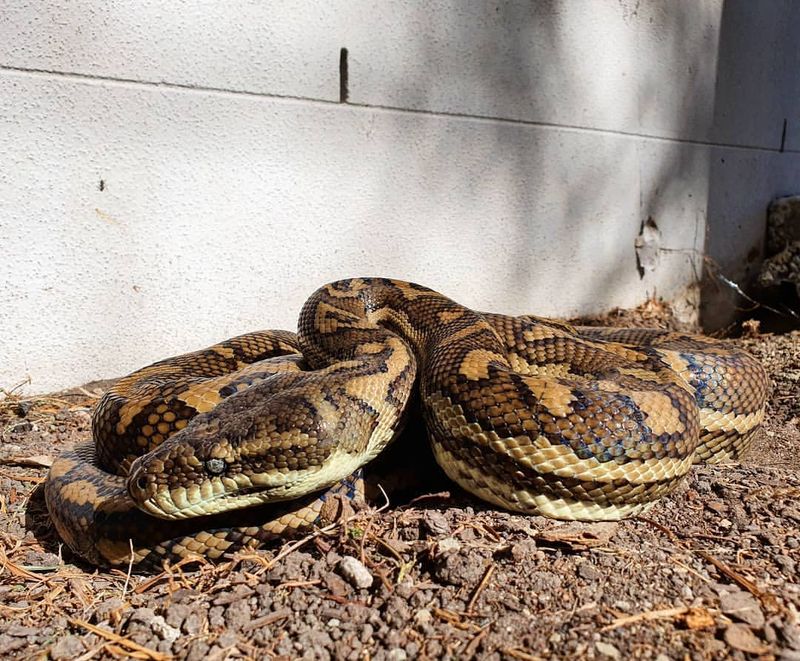
Pythons, the serpents of slumber, indulge in lengthy periods of rest, clocking in around 18 hours a day. These powerful predators capitalize on their downtime to aid digestion after consuming large prey, a necessity for their survival.
Basking in the sun, pythons regulate their body temperature, a vital component of their restful routine. Their cryptic coloration allows them to remain inconspicuous during these extended naps.
Although they appear inactive, pythons are always poised to strike, showcasing the duality of their existence between stillness and sudden action.
6. Armadillo
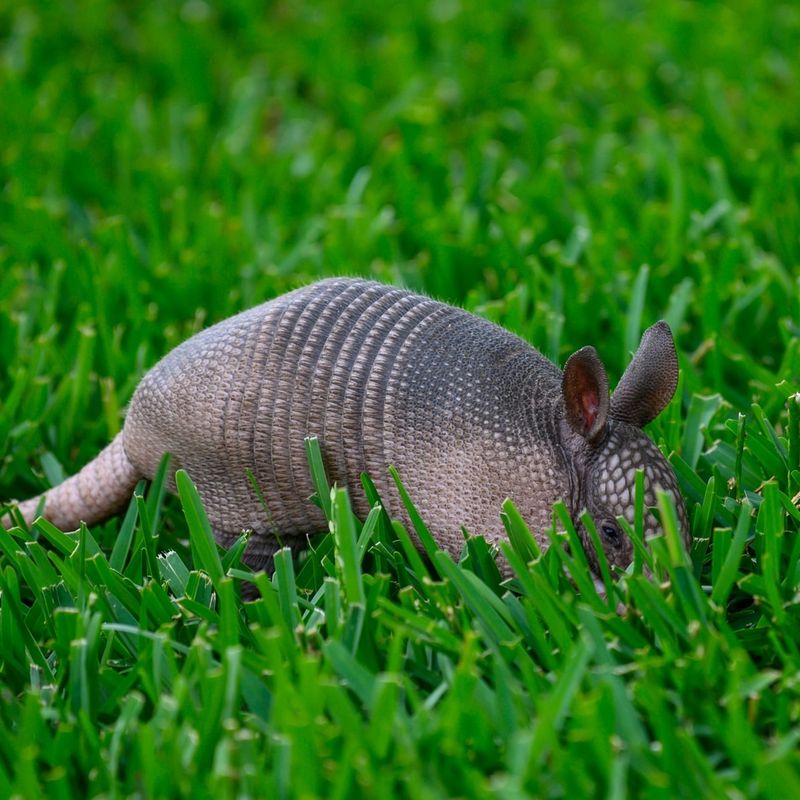
The armored sleepers of the animal kingdom dedicate around 16 hours daily to rest. With their distinctive shells, these creatures have perfected the art of snoozing in self-made burrows, secure from predators.
Their sleepy lifestyle supports their foraging habits, which occur mostly at night. The armadillo’s quirky appearance complements its peculiar behavior.
Their ability to conserve energy through sleep is crucial for their survival in diverse environments.
7. Giant Panda
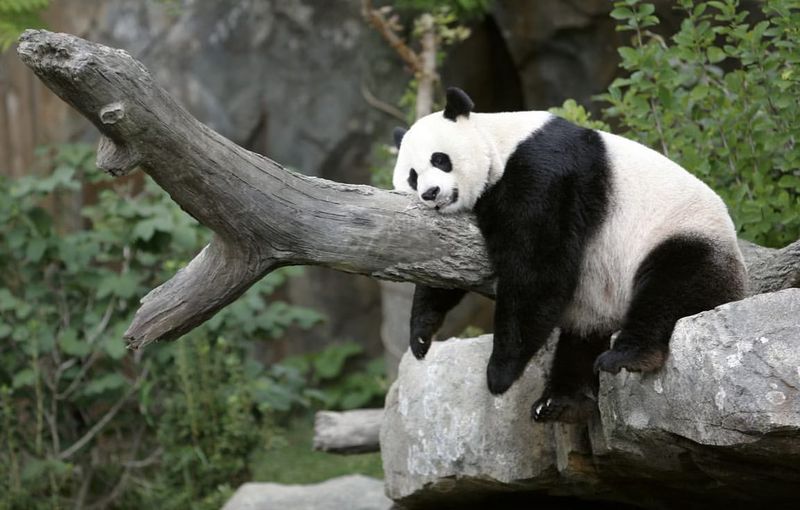
Giant pandas, icons of leisure, spend approximately 14 hours a day dreaming among bamboo groves. Their languid lifestyle is dictated by their diet, as bamboo provides limited nutrition, necessitating long hours of rest.
These gentle giants are the epitome of chill, with their distinctive black and white markings making them beloved worldwide. Their sleepy disposition allows them to conserve energy, a necessary adaptation for their survival.
Though often found lounging, pandas are capable climbers and swimmers, exhibiting a playful side when not in one of their frequent naps.
8. Lion
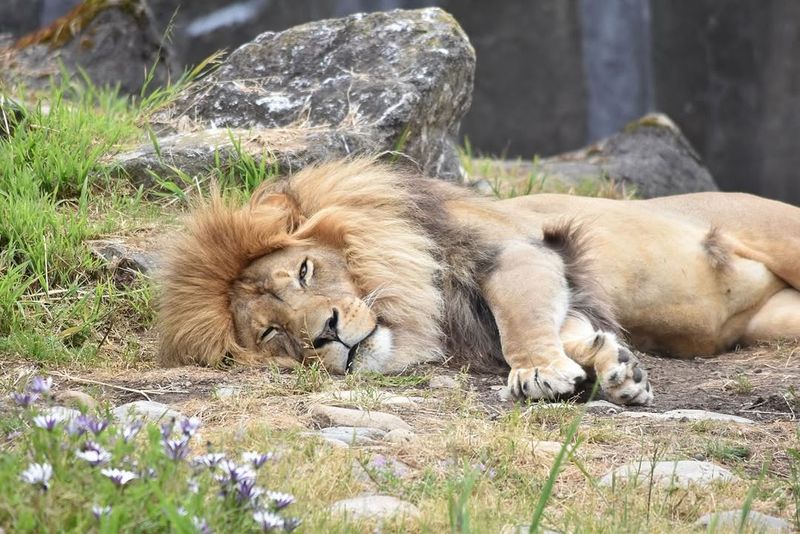
Lions, the regal rulers of the savannah, indulge in rest for about 20 hours a day. Their luxurious naps are key to sustaining the energy needed for hunting and maintaining their position in the pride hierarchy.
Lazing under the African sun, lions exemplify the art of napping with grace. Their social structure revolves around these extended periods of inertia, which are punctuated by bursts of activity.
Despite their sleepy demeanor, lions are formidable predators, utilizing their conserved energy to launch coordinated hunts and assert their dominance.
9. Cat

Cats, the quintessential nappers of the animal world, spend an impressive 16 hours asleep daily, perfecting the art of leisure. From basking on sunlit windowsills to curling up in warm laps, they turn any spot into a cozy haven.
Their sleep patterns reflect their ancestry as solitary hunters, conserving energy for nocturnal adventures. Cats embody independence and mystery, often surprising us with their quirky antics.
While they fully embrace relaxation, these feline companions remain ever-alert, showcasing their playful side when the mood strikes, proving that a catnap can happen anywhere.
10. Hedgehog
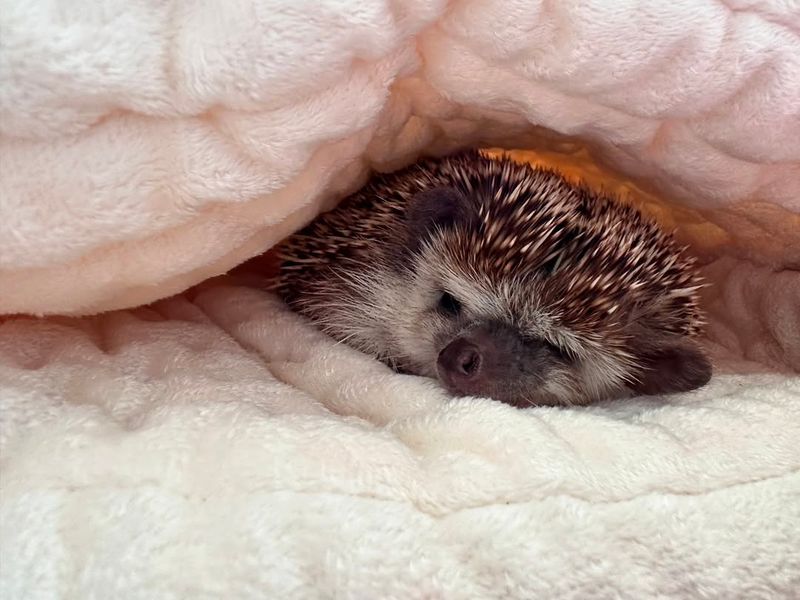
These spiky snoozers dedicate a substantial portion of their time to sleep, clocking around 18 hours daily. These tiny nocturnal wanderers retreat into curled-up balls to enjoy their downtime securely.
Their solitary nature is complemented by their tendency to nap, helping them conserve energy for nighttime foraging. Hedgehogs’ unique appearance, with their spiny exteriors, adds to their charm and mystique.
Despite their sleepy reputation, these creatures are agile explorers, navigating their habitat with precision once night falls, showing that even the prickliest animals need their beauty rest.
11. Shark
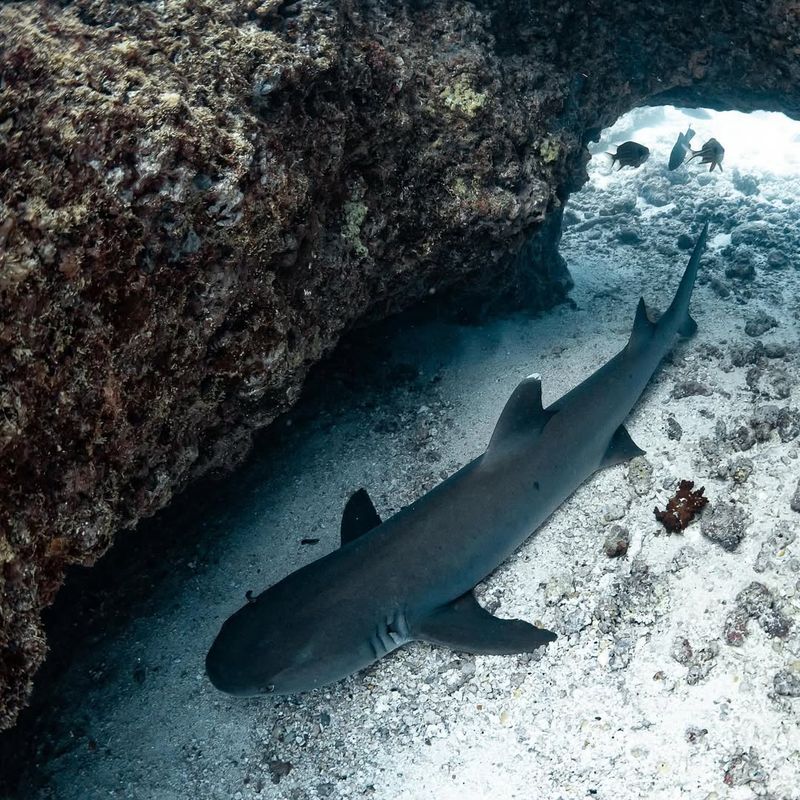
Some shark species rest for nearly 12 hours, drifting in the water while maintaining minimal movement to breathe.
Their sleep patterns are a marvel of evolution, allowing them to remain alert to their surroundings. This unique adaptation ensures their survival in the ocean’s depths.
Though mysterious and fearsome, sharks display a tranquil side, embodying the balance of power and serenity. Their quiet moments are a testament to nature’s complexity, reminding us of the diverse ways creatures adapt to their environments.
12. Dog

Our beloved companions know a thing or two about napping, spending up to 14 hours a day snoozing. Their ability to fall asleep almost anywhere is legendary, from the couch to a sunny patch of grass.
This penchant for rest reflects their domesticated lifestyle, mirroring human routines. While they enjoy lounging, dogs remain ever-vigilant, ready to spring into action when needed.
These furry friends are masters of turning any moment into a peaceful retreat, proving that a dog’s life is one of comfort and joy.
13. Polar Bear
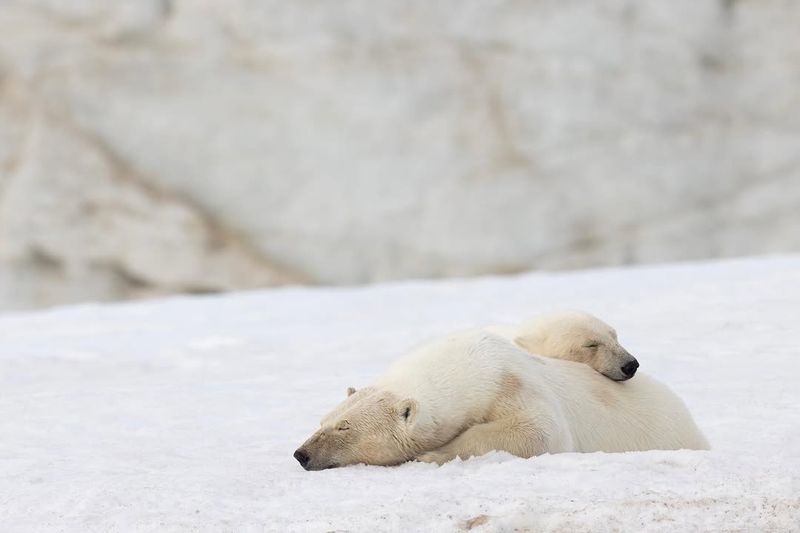
Polar bears, the giants of the Arctic, spend a fair amount of their time napping, often clocking around 8 hours of sleep per day. Their restful moments help them conserve energy in the harsh polar conditions.
These magnificent creatures are perfectly adapted to their icy environments, using their downtime to maintain their strength. Despite their sleepy tendencies, polar bears are powerful swimmers and hunters, using their energy reserves to navigate the frozen wilderness.
Their naps serve as a respite from their demanding lifestyle, showcasing the balance of strength and vulnerability in nature’s extremes.
14. Walrus
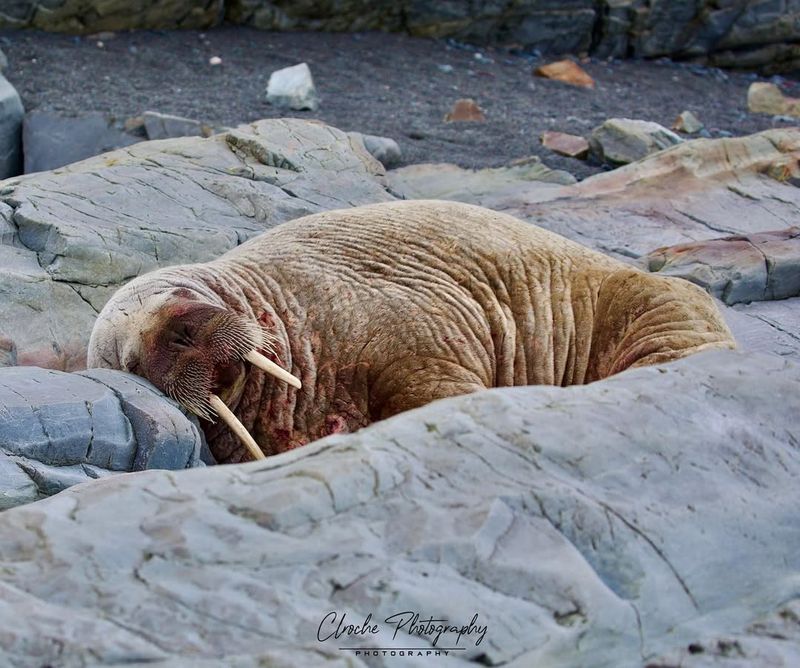
The social sleepers of the sea indulge in rest for up to 19 hours a day. These marine mammals often gather in large groups, using each other for warmth and protection during their extensive naps.
Their sleepy lifestyle is essential for replenishing energy needed for foraging in cold waters. With their prominent tusks and whiskered faces, walruses are iconic figures of the Arctic.
Despite their sedentary appearance, they are adept divers, capable of reaching great depths in search of food.
15. Chimpanzee
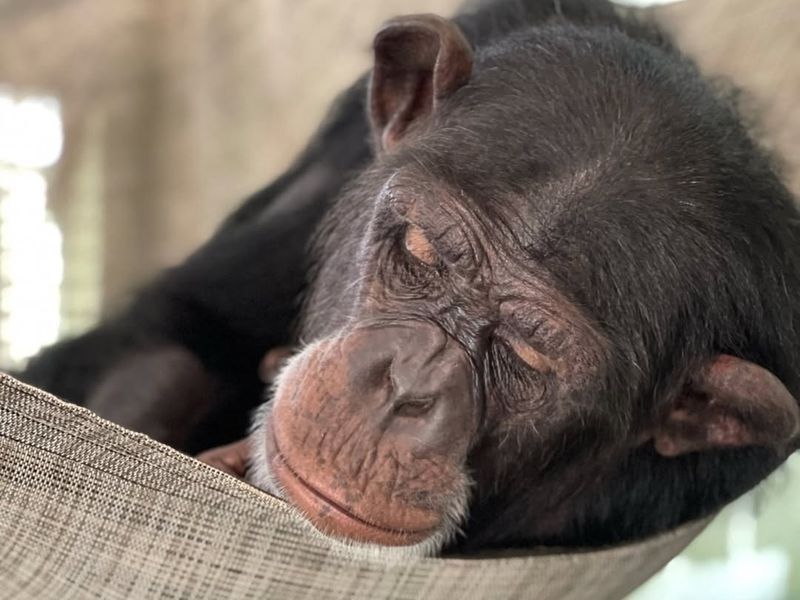
Our closest relatives in the animal kingdom have a knack for napping, enjoying around 9 to 12 hours of sleep a day. These intelligent primates construct nests in trees to secure comfortable resting spots.
Their restful habits are intertwined with their social dynamics, as they bond with group members during downtime. Despite their relaxed demeanor, chimpanzees are capable of complex behaviors, using tools and exhibiting problem-solving skills.
Their sleep patterns support their cognitive prowess, reflecting the balance between rest and activity in their intricate lives.
16. Antelope
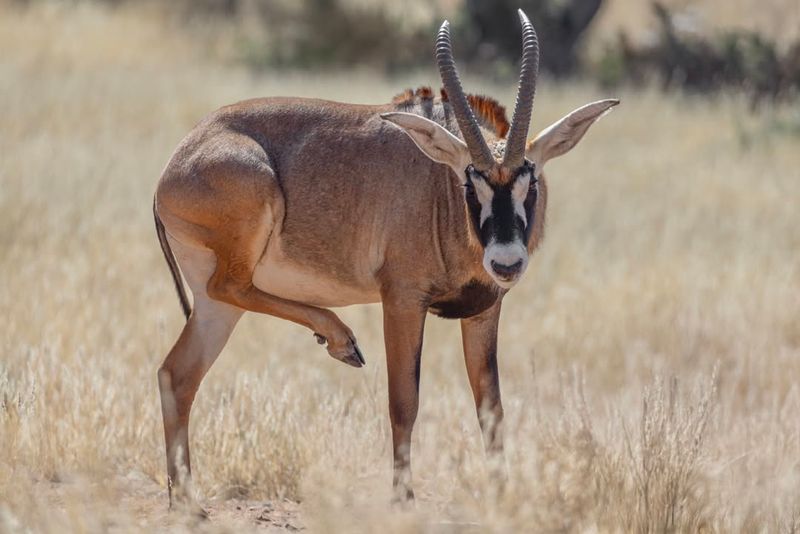
Antelopes manage their rest strategically, often sleeping in short spurts throughout the day and night. Their vigilant nature requires them to remain alert to predators while taking brief naps.
These herbivores have adapted to thrive in open landscapes, using their keen senses to detect danger. Despite their minimal sleep, antelopes maintain their agility and speed, showcasing nature’s balance of vigilance and rest.
Their ability to adapt to the challenges of their environment highlights the resilience and resourcefulness of wildlife, proving that even short naps can fuel life’s wild pursuits.
